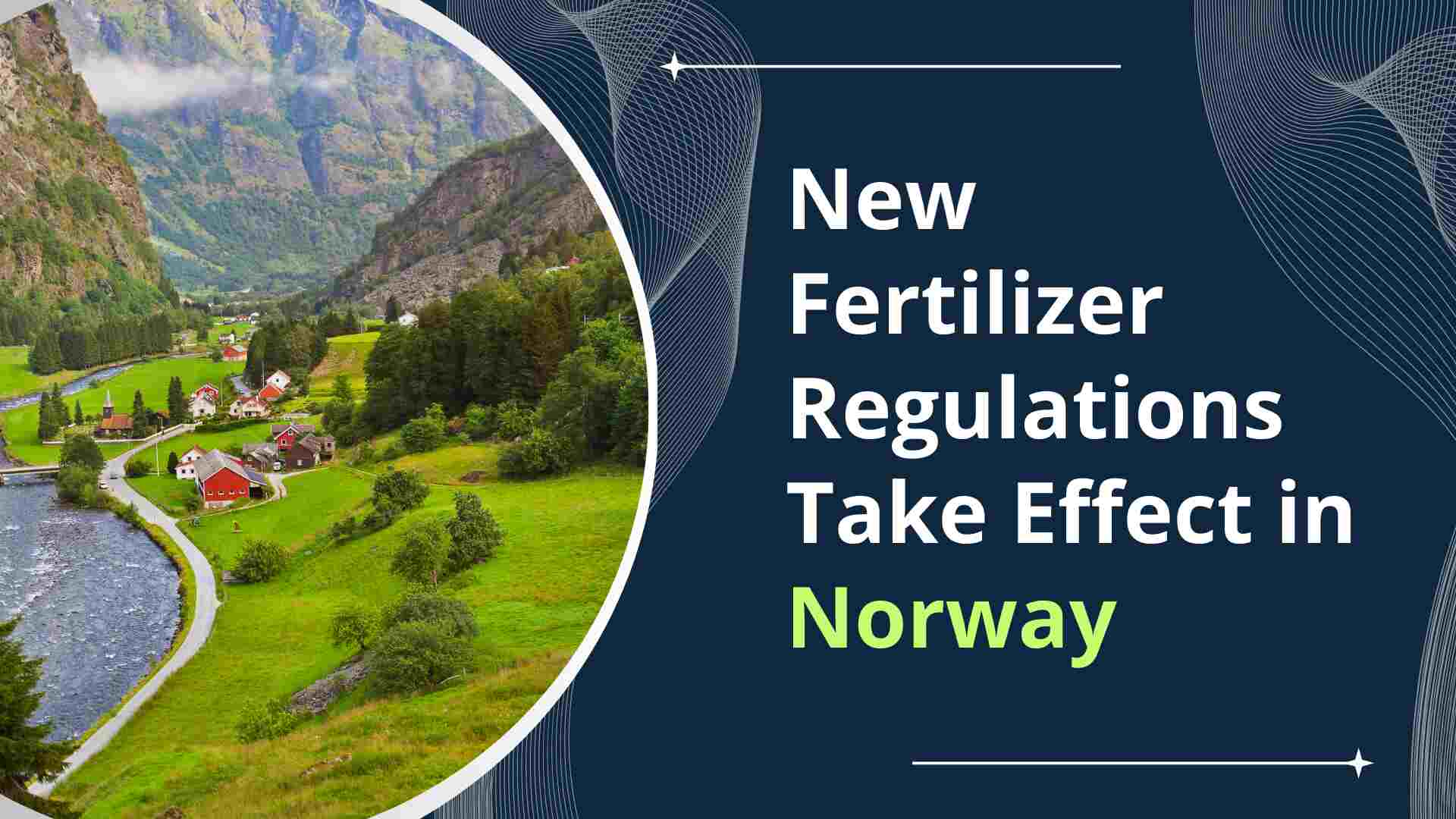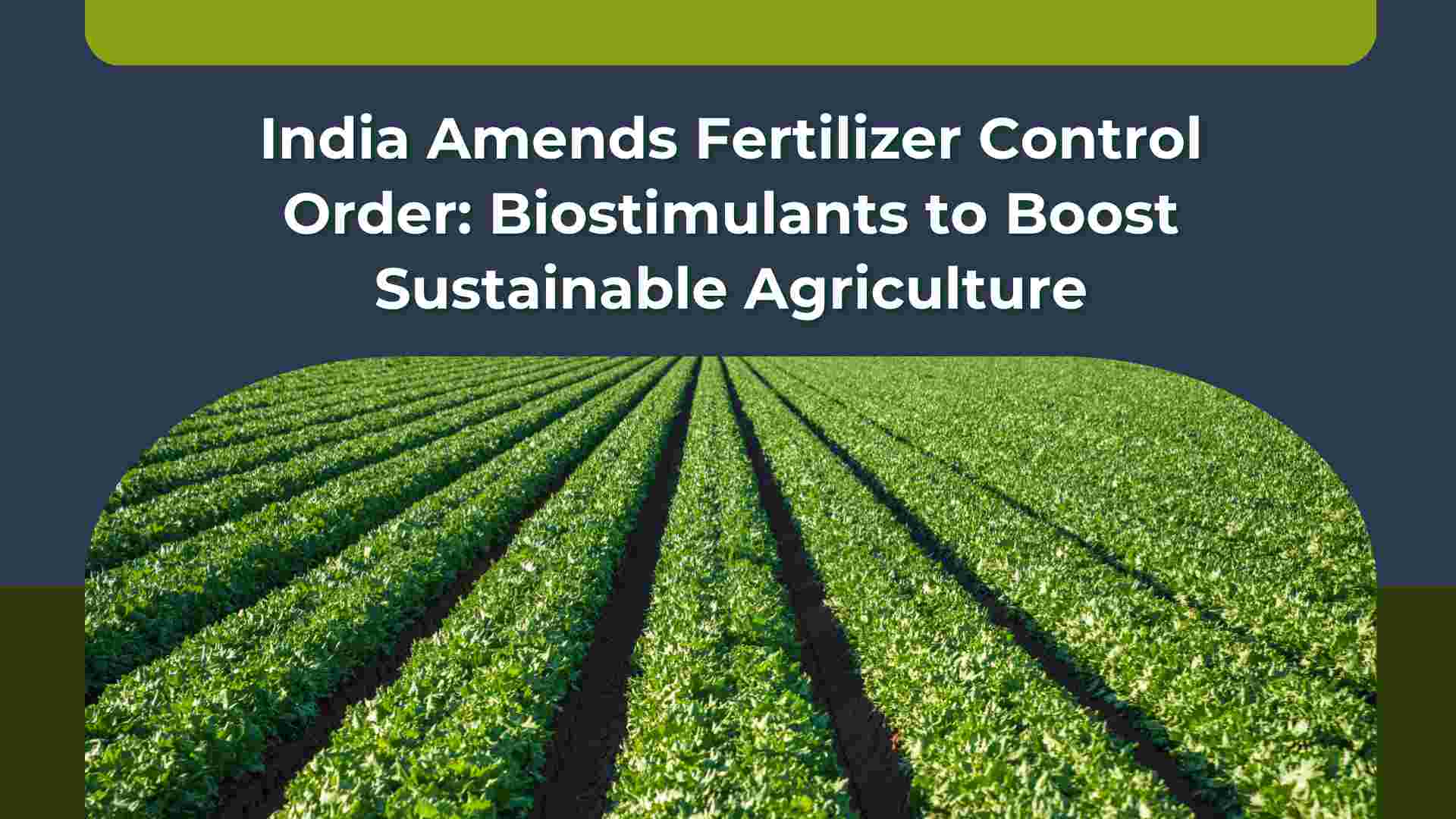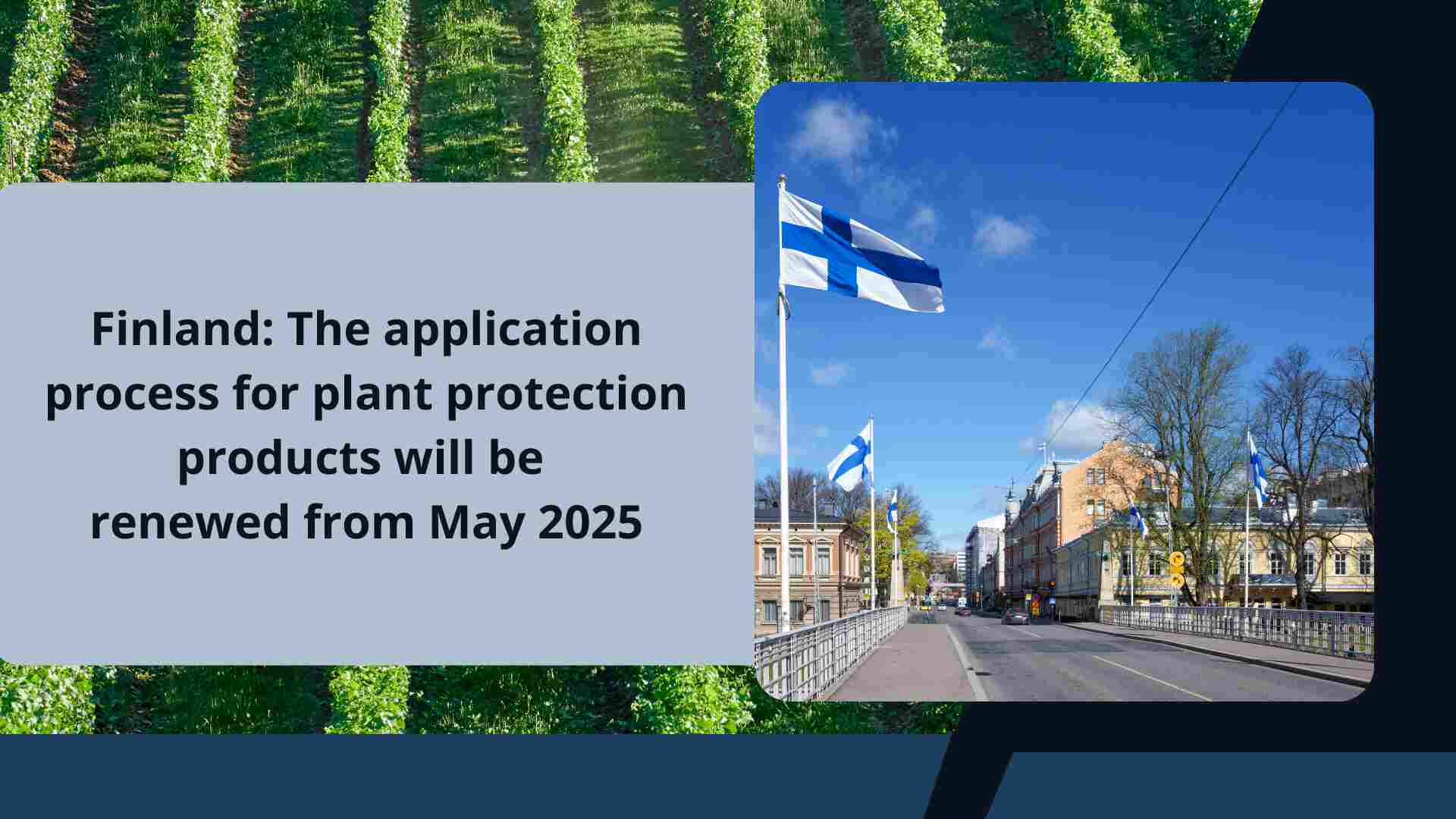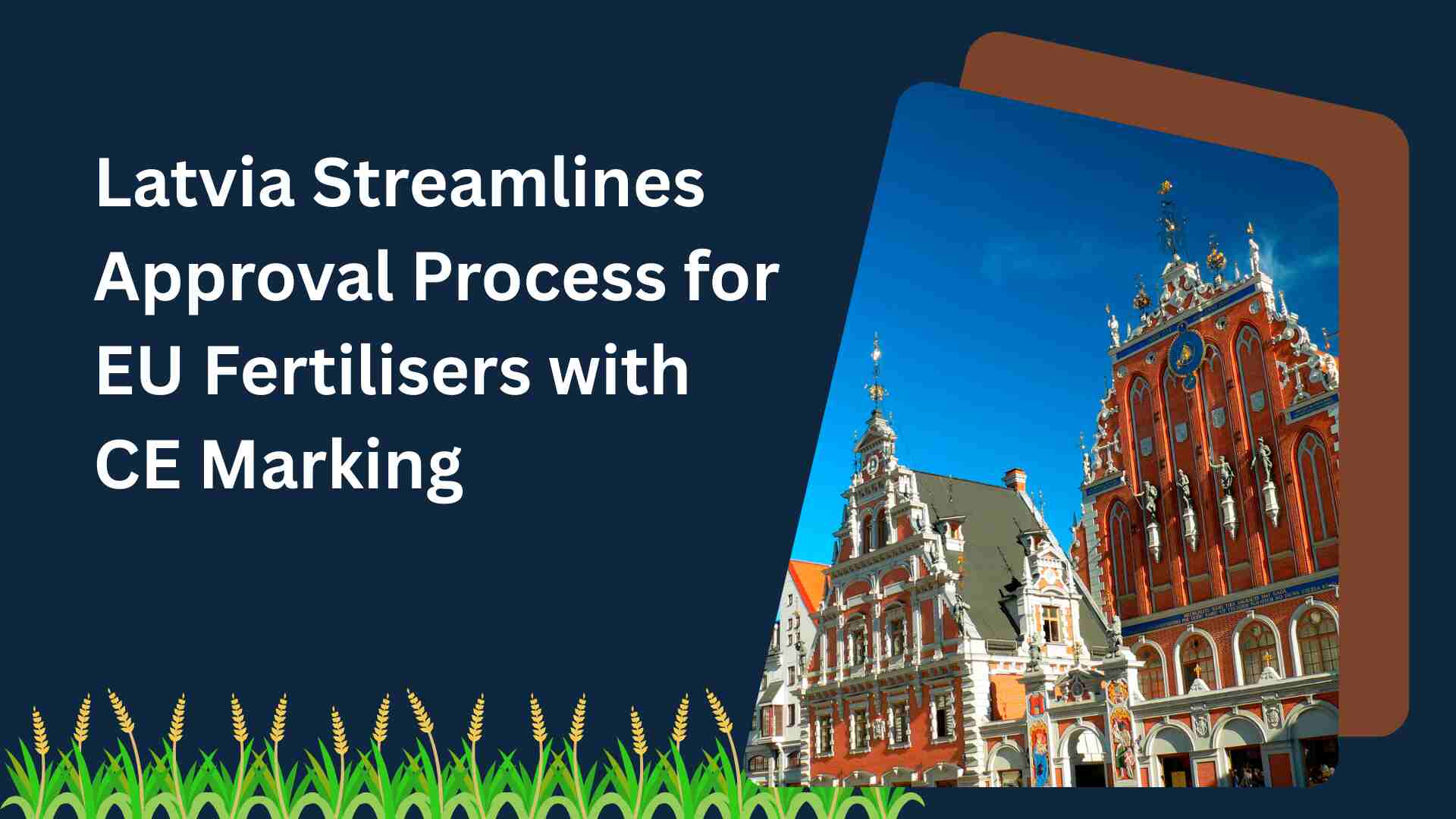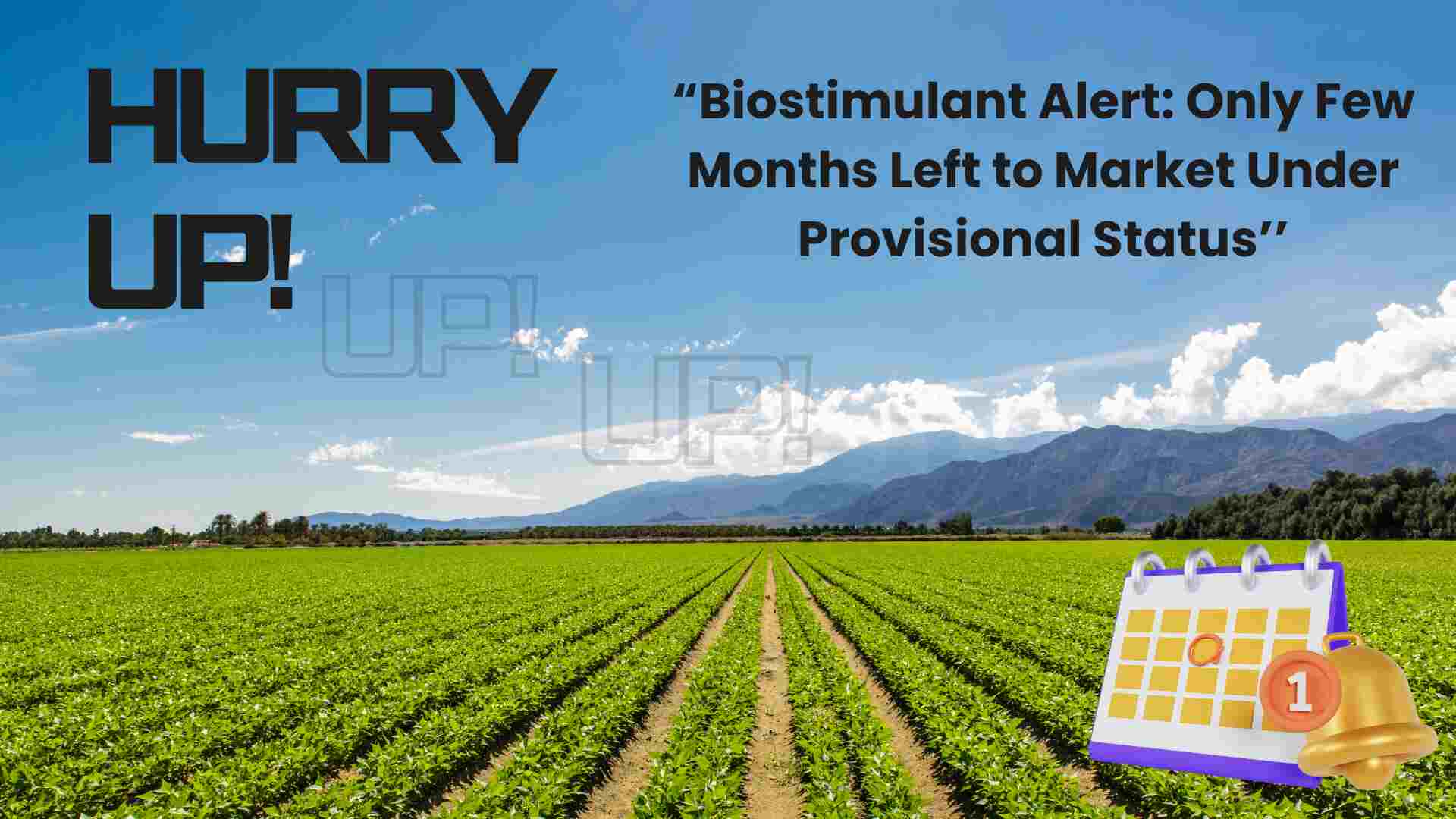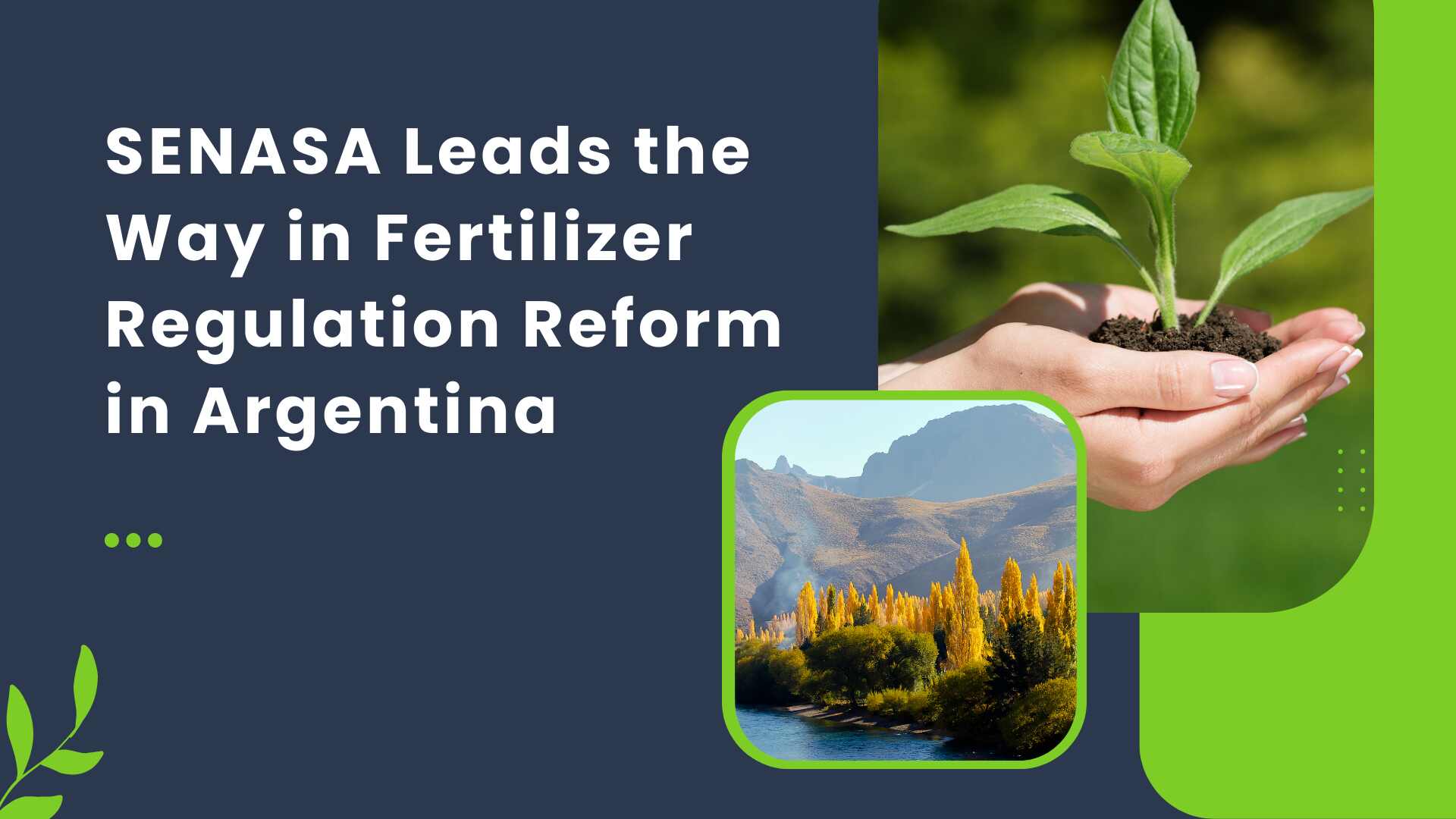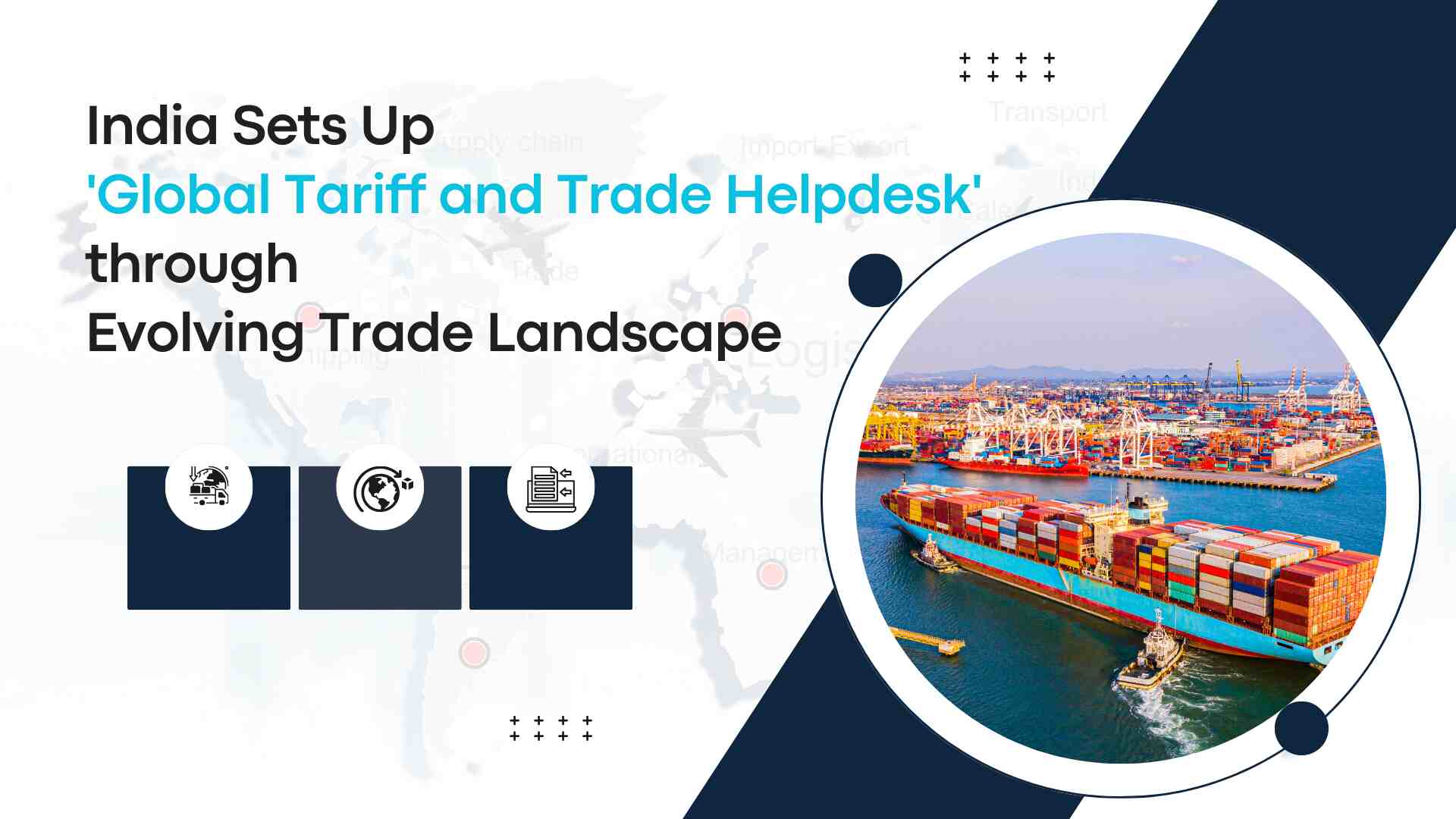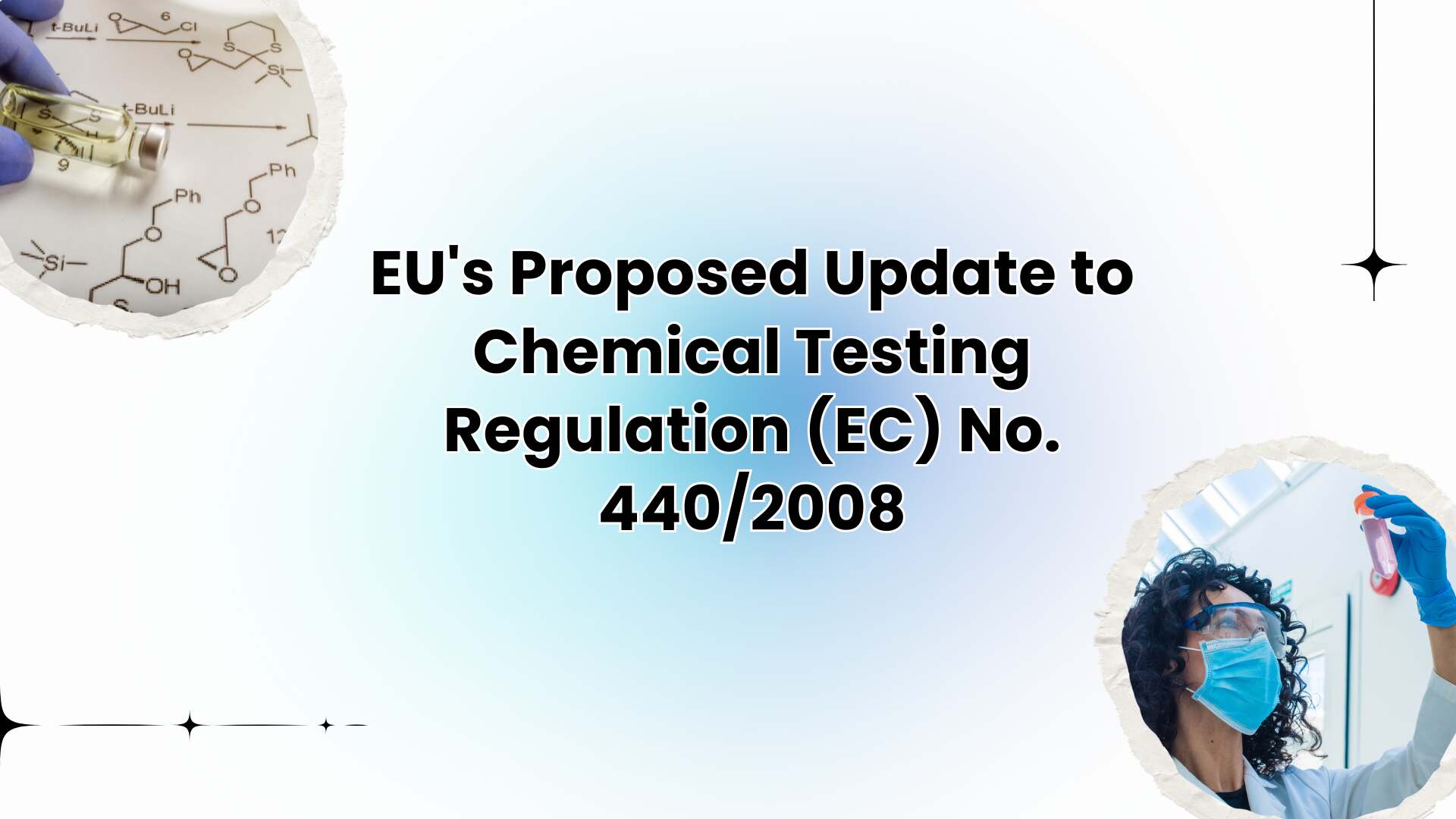Norway’s fertiliser legislation underwent significant modifications on February 1, 2025, affecting everyone engaged in the import, manufacturing, sale, and usage of fertiliser products. The new regulation, which are separated into Fertiliser regulation and Fertiliser Use Regulations, seek to simplify the use of waste and byproducts in fertilisers while focussing on long-term soil health.
A new company registration process, which will replace the old product registration method, is among the most significant changes. All enterprises involved in importing or crucial production steps, as well as specific distribution channels and raw material suppliers, must register by May 1, 2025. All prior exemptions given under the old regulations have been withdrawn, with certain interim arrangements in place.
A One Year Transition Period!
A new permission system has been implemented for raw materials that do not appear on a “positive list” of well-known and commonly utilised compounds. Companies must apply to the Norwegian Food Safety Authority with documents demonstrating the raw material’s usefulness and safety. Existing raw materials that were previously compatible with regulation, such as certain biogas facilities that use marine fish waste and fish oil manufacturing residues, will have ‘’a one-year’’ transition period.
The Norway Fertiliser Regulation 2025 also include strict criteria for contaminants such as plastic, glass, and metal, which would reduce the allowable size limit and impose stricter limitations on plastic content beginning in 2026. Clearer rules for the duty of care for environmental contaminants are given, along with limit values for particular pollutants in sewage sludge, ash, and biochar.
Heavy metal limit values have been adjusted for bioresidue, allowing calculations to be based on phosphorus content rather than dry matter to account for variations throughout the biogas process. Biostimulants are now subject to Fertiliser Regulations, which impose strict quality and labelling requirements. Finally, new requirements for soil mixtures, such as maximum phosphorus and mineral nitrogen levels, are intended to safeguard the aquatic environment.
The Norwegian Food Safety Authority is prioritising guidance on the new requirements, including updated online material and publications such as the “Guide to Fertiliser Regulations.” They are also communicating with the industry to answer queries and give assistance. The Directorate of Agriculture offers a separate guidance for farmers.
The regulations are part of a larger initiative that includes the Ministry of Agriculture and Food, the Ministry of Climate and Environment, the Directorate of Agriculture, and the Directorate of the Environment. The Norwegian Food Safety Authority enforces fertiliser production, sale, and import rules, as well as provisions governing sewage sludge and heavy metals.

